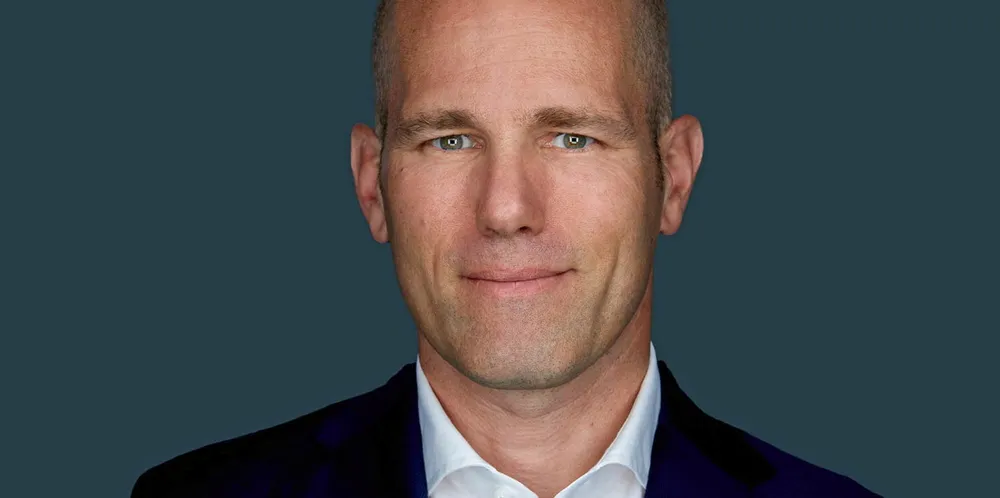'Europe must embrace "green digital" to disrupt and drive the energy transition'
Leading on green digital is a challenge requiring dramatic change. Government support has facilitated steady innovation to this point in Europe but now must be radically ramped up to drive the clean energy transition, says Thomas Leurent
